Swimming is a great physical activity that strengthens your muscles and cardiovascular system and helps you stay in shape. But how can you improve your skills and swim more? The key to success lies in proper training.
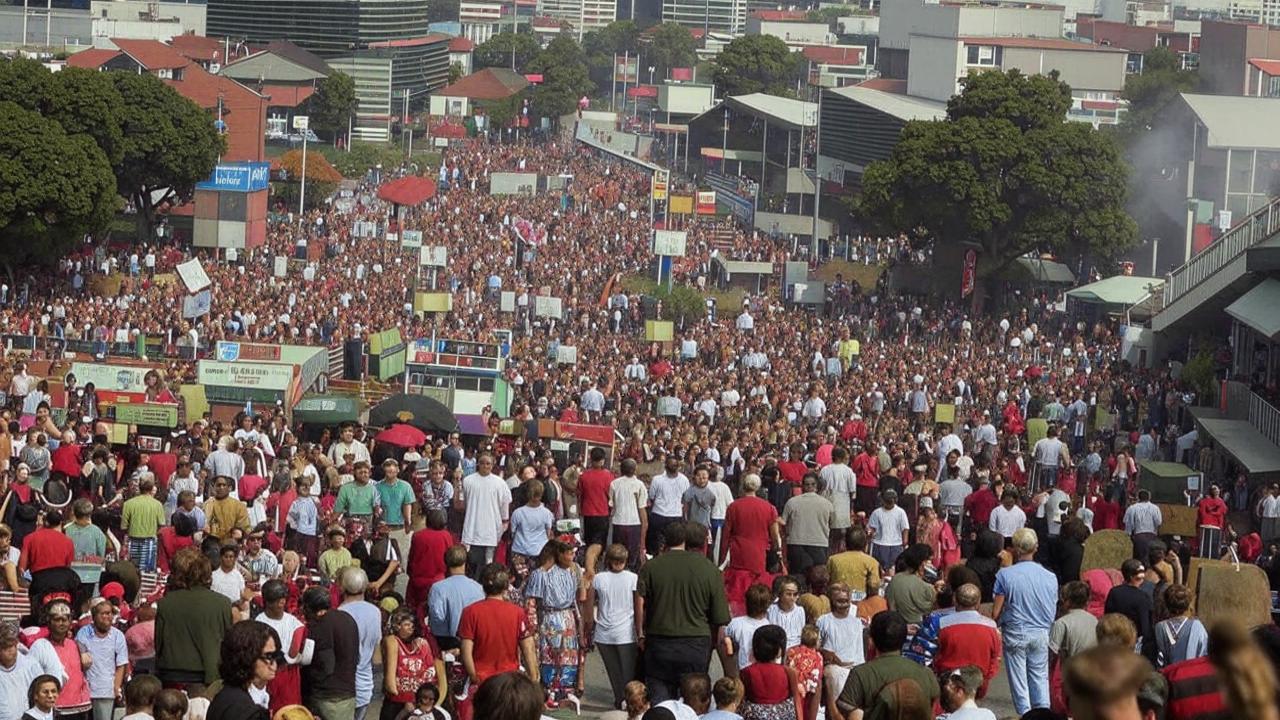
Sportsmaster PRO expert
“Consider a few effective exercises to develop endurance. They will allow you to increase the distance while swimming.”
What style is better to swim?
To begin with, let’s understand what distances in swimming are considered long. For experienced athletes from the psychological and physical point of view – it is 4-5 km. This can be compared to a half-marathon in running. And distances of more than 15 km can already be classified as ultramarathons.
At such distances it is important that for a long time the body feels good, it had enough energy and endurance to fulfill the task. The fastest and least energy-consuming style of swimming in this case – crawl on the stomach. And this means that it is worth considering a few basic points.
- So that you do not get tired, and the muscles do not acidify, it is necessary to give them a short rest. Therefore, it is important to develop a long gliding stroke on the surface and a powerful, amplitude stroke underwater.
- The legs, due to the volume of muscle mass and the high load, consume a large amount of oxygen. Therefore, their work must be as economical as possible over a long distance. The most effective solution for this in crawl is only two-stroke work, when the legs are only used as a support for rowing.
- Particular attention should be paid to the MPC indicator (maximum oxygen consumption) – it directly affects the ability of muscles to work for a long time in aerobic mode without acidification.
- The strength and endurance of the organism are determined not only by the physical state, but also by the moral state. And you can not do without the right attitude – you need to prepare yourself in advance for a long load.
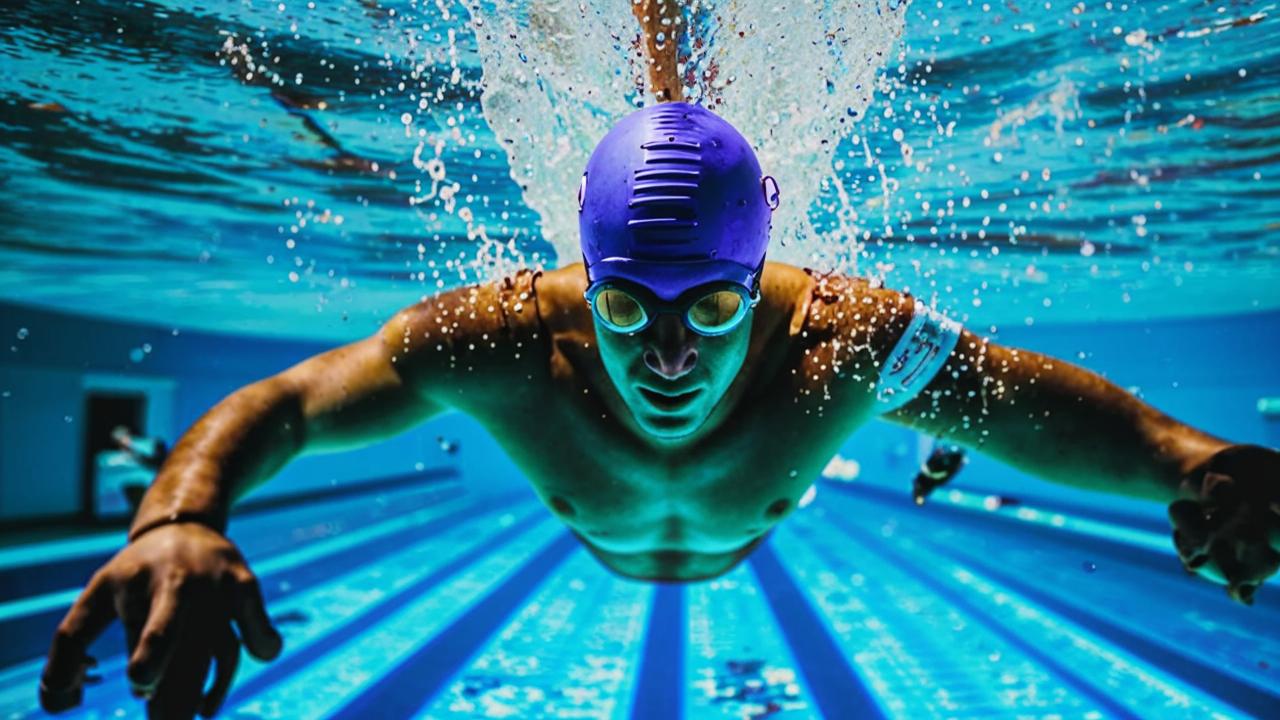
What skills should be developed?
- Endurance – without it you will not be able to swim for a long time.
- Rowing technique: long, gliding rowing, rowing phases (catch, main part of the row, position of arms and body, bringing the hand to the water).
- Coordination and IPC – it is worth learning to breathe both ways. If you don’t train this skill and constantly breathe to one side, one arm will be much more powerful than the other, which will negatively affect your technique. In addition, the ability to breathe both ways will be a big plus on open water – you need to look around to assess the situation, as well as choose a side depending on the wind and waves.
- Mental preparedness – there are times when a swimmer is ready physically, but not “head” prepared. And when swimming long distances, you need attitude, the ability to negotiate with yourself, self-control and endurance.
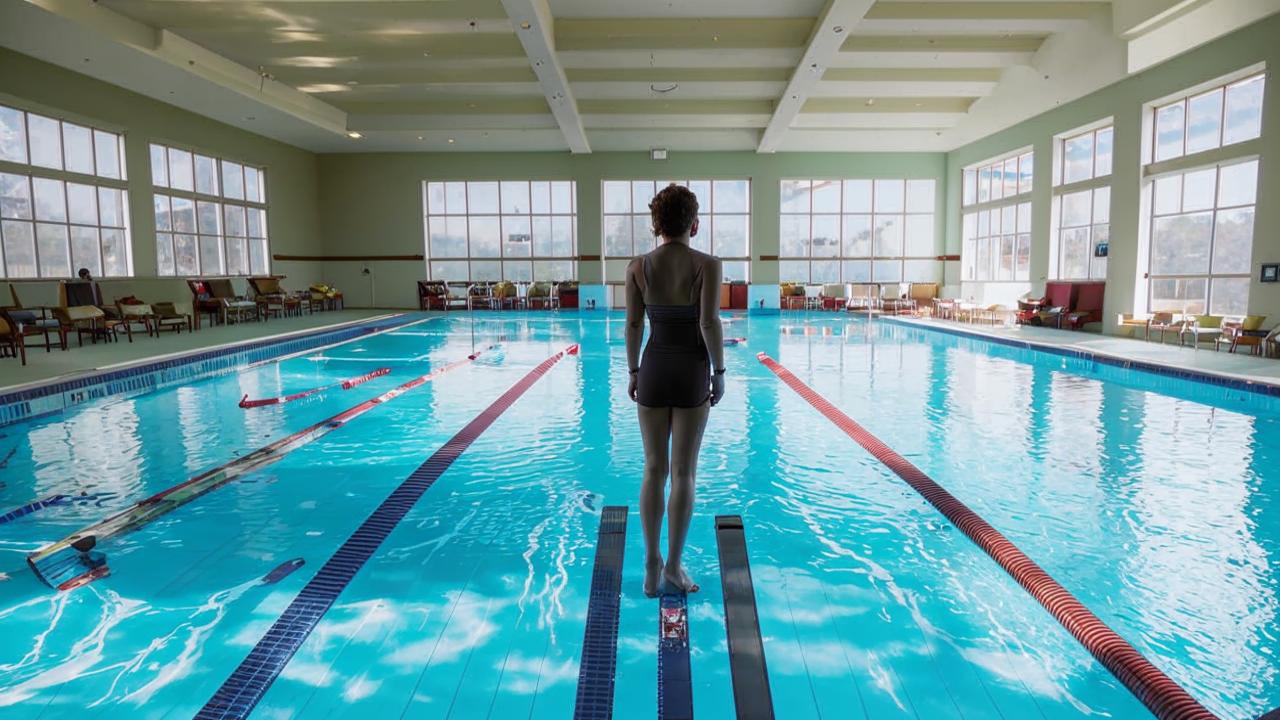
How to train properly?
Strictly adhere to the regimen: train regularly, preferably at the same time of day – so the body adapts to the loads faster.
The key to preparing for a long-distance swim is to increase the load. This does not mean doubling or tripling the distance at once – all changes should be gradual. Start by increasing your weekly volume by 10%. Then gradually increase the load and add more training days.
It is also important to work on technique. Properly placed movements play an important role in increasing your endurance over long distances.
Diversify your workouts. You should definitely include land-based work, such as a special physical training program for swimmers. This will help develop all muscle groups and ligaments, which in turn will increase your endurance and positively affect your technique. Strength training (with weights, brakes and parachute, spike, paddles) is very important for both short distances and long distances – especially when you want to increase the pace of swimming.
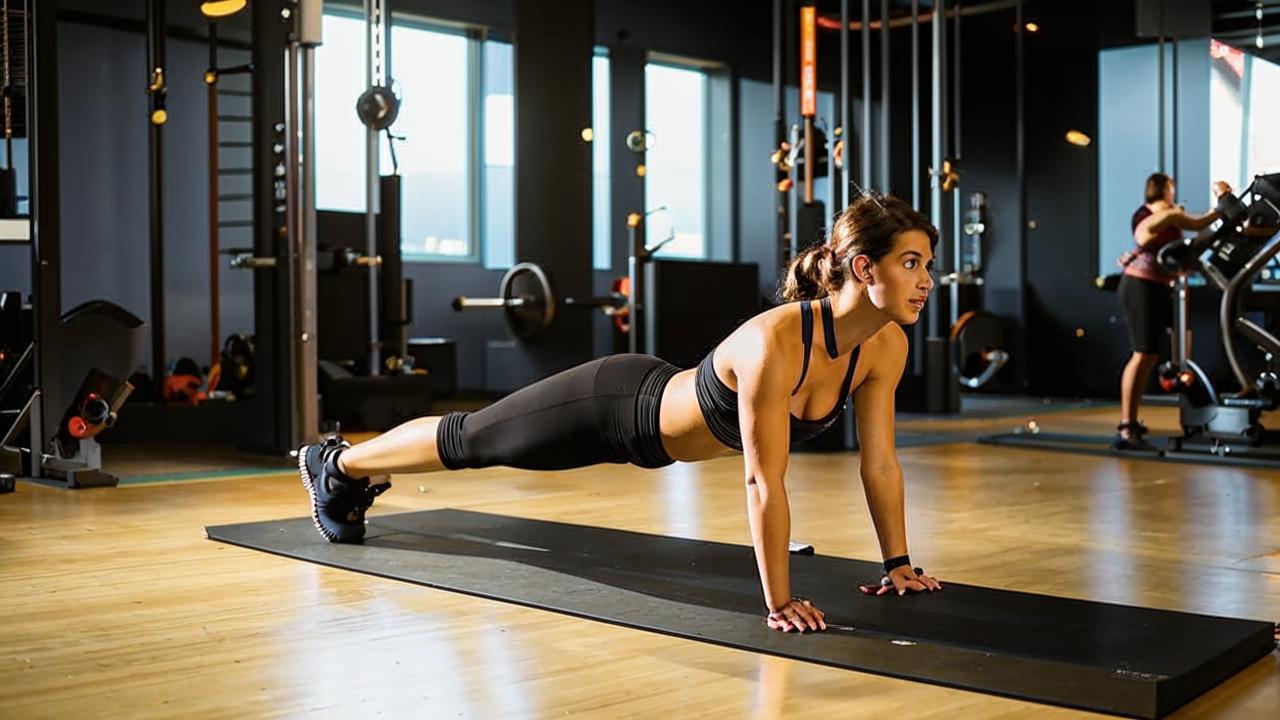
You shouldn’t forget about proper breathing either. One of the most important aspects of long-distance training is the ability to breathe properly – including getting the most oxygen out of the air. It’s worth practicing not only breathing, but also timing throughout the rowing cycle. Practice breath-holding exercises: pool length dives, pool cycle with one or two breaths.
Finally, you should pay attention to nutrition and rest – this plays an important role in recovery after training. Provide your body with enough nutrients to cope with the load, eliminate fast food, fatty and unhealthy foods from your diet. Add complex carbohydrates, proteins and fats in the right proportions (about 40/30/30), do not forget about fiber and vitamins.
Sleep should be at least seven to eight hours a day – this duration is enough to effectively recover from hard workouts. Do not exclude the possibility of daytime sleep, as well as other ways to restore the body – for example, massage or bath.
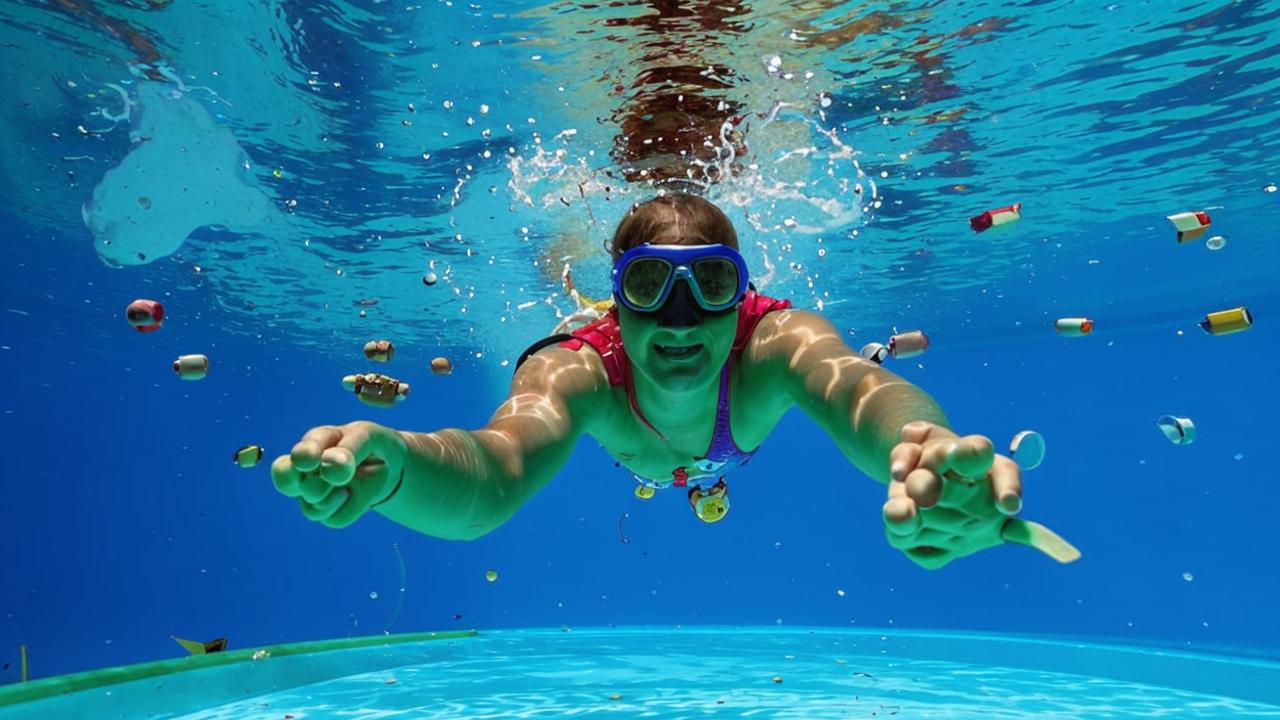
What exercises will help you prepare?
- Breath-hold swimming.
- Swimming with a minimum number of strokes (12-14 strokes per 25 meters).
- Exercises with weights (on the arms) – to strengthen muscles and ligaments.
- Swimming with a board in the hands at the expense of leg work (200-400 m) – to develop endurance.
- Swimming with a colobashka (between the legs) – to improve balance and coordination.
- Swimming crawl “on your fists” – in other words, a regular crawl, but with your hand clenched into a fist.
Develop your athletic skills and remember that every day you need to be not better than others, but better than the previous version of yourself.






